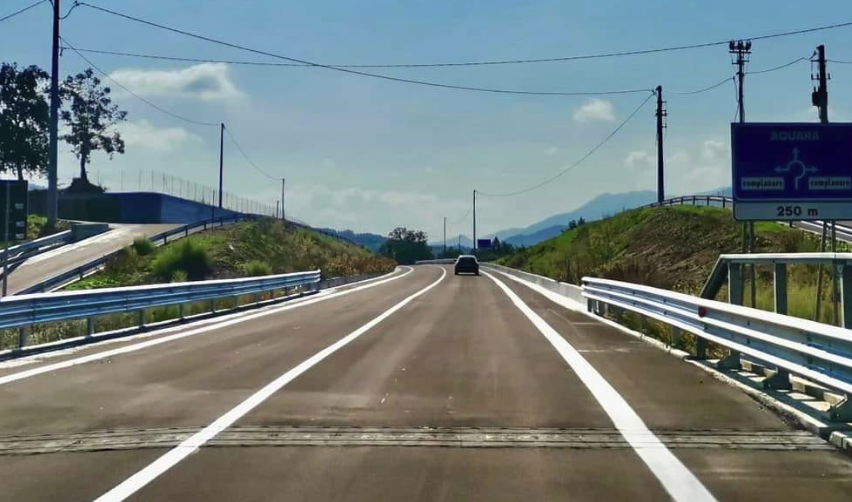ROMA – According to an analysis by Openpolisthe resources allocated by EU countries to official development assistance (ODA) represent 0.51% of their gross national income. There are 3 areas of development cooperation policy in which it is more likely that the real objectives respond more to the needs of the donor than of the recipient country. 23% of European ODA is made up of so-called inflated aid. Over 1/4 of Italian allocations for development cooperation concern resources intended for refugees in the donor country.
The inflated help. Over the years we have often dealt with the so-called inflated aid, a topic on which we take stock annually Concord Europe through his AidWatch report. These are resources which, despite being legitimately reported as public development assistance (ODA), present aspects that distinguish them and distance them from a correct, effective and coherent form of cooperation. The inflated help concerns that part of ODA resources that do not go into concessional cooperation projects. Laws “What is meant by genuine help and inflated help”.
The most significant expenditure items. Among these, the most significant expenditure item in all European countries but in particular in Italy is that relating to “refugees in the donor country”. We are talking about very important resources that national governments allocate to welcoming refugees into their country, i.e. the first step towards a path of social, cultural and work integration. However, these are allocations which, never leaving the borders of the donor country, have nothing to do with instruments dedicated to supporting the development of the most fragile countries. In his latest report though Concord Europe also warns of another element that risks improperly diverting the resources allocated to the ODA. That is, the possibility that more and more development cooperation projects do not have the development of third countries as their primary objective, instead responding primarily to the donor’s interests.
0.51% is a low value compared to international commitments. The European Union as a whole has allocated 0.51% of its gross national income (GNI) to cooperation in 2023. This is a decreasing value and still low compared to international commitments. Despite this, however, we are talking about important figures (around 82.4 billion euros), which can make a real contribution, provided that they are effectively used to promote the sustainable development of partner countries.
The primary objective of development cooperation. One of the criteria for considering a donation as part of the ODA requires that the projects have as their main objective the promotion of well-being and sustainable economic and social development for the recipient countries. Establishing the primary objective of a project, however, represents an evaluation of merit that can be subject to different interpretations. For this reason it is not possible to carry out a real quantitative evaluation that establishes the share of APS to be considered inflated in light of what has been said. To overcome the problem, 3 areas have been identified in which the possibility that the programs respond more to the needs of the donor than of the recipient country is higher.
#International #Cooperation #report #highlights #risk #forms #aid #respond #donors #receiving #aid
–


